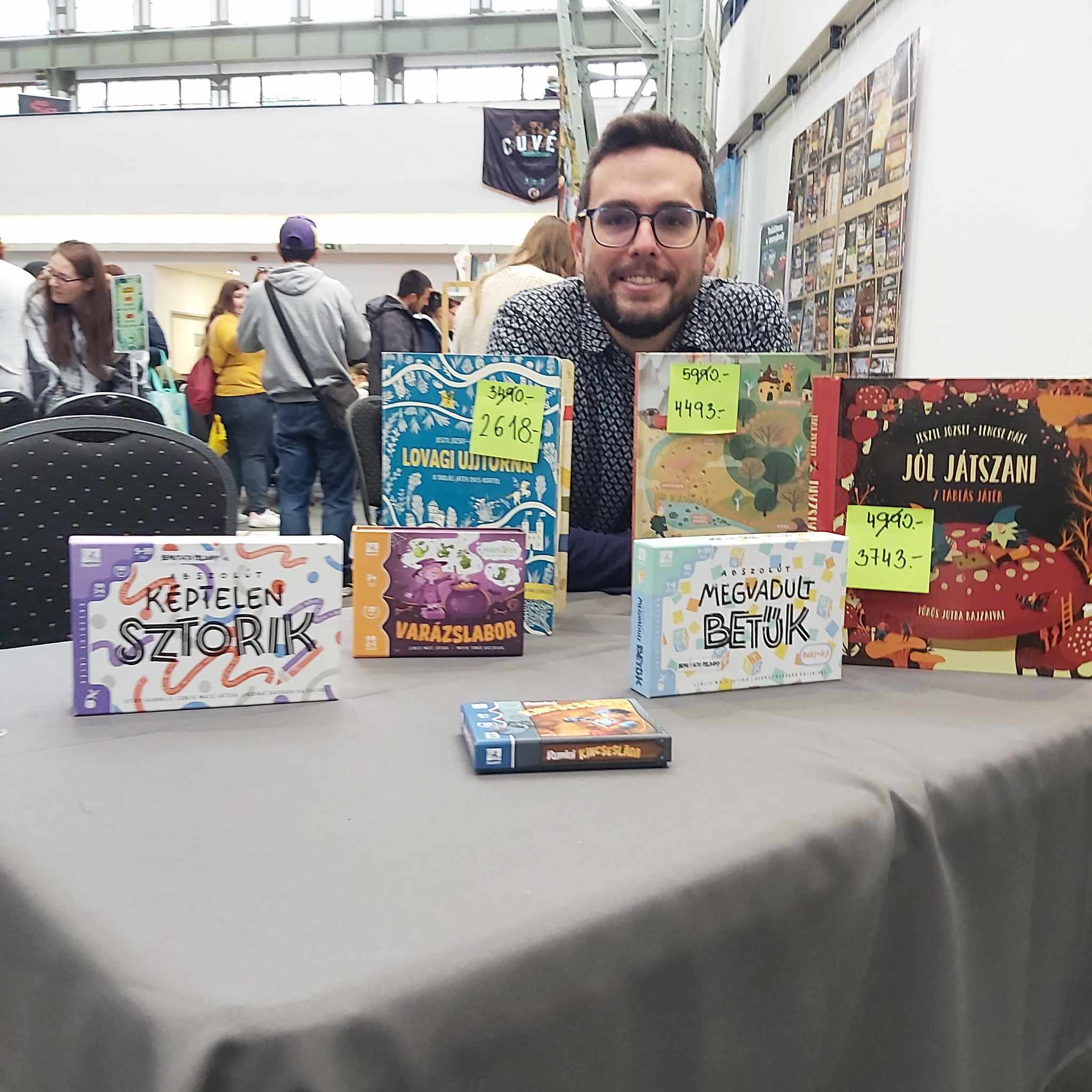Introduction
We've already written many articles on this site about how playing board games can enhance reading motivation and comprehension. We recommend games for preschoolers and elementary school kids alike, but that's not what we're focusing on this time. Instead, we'd like to share a few ideas and tips on small tasks that children can be given in connection with board games, which support the development of their reading motivation or comprehension skills.
Let's keep it casual and natural! These ideas are all about getting kids into reading situations without them even realizing it. Sure, it's a little sneaky since we're intentionally creating these moments, but the kids don't need to know that. Think through what strategies you want to use, but also how to make them feel like a natural part of the situation.

Before Playing
Let's start with something very simple. Ask the child to bring over the board game we're going to play. If it's a game they're not familiar with, don't describe the box to them or help them figure out where it's located on the shelf. Let them go and find it themselves. They'll start looking at the boxes and reading the titles because they'll want to find the game—after all, whether or not we'll play depends on this!
A variation of this idea is not telling the child what to look for, but instead asking them to pick a new game from the shelf that we haven't played together yet. This becomes a more complex reading task, as they'll need to read the titles and imagine whether a particular game might appeal to them. If we add specific criteria to narrow down the search, it encourages even deeper research and reading. For example, asking them to find a short game that can be played in 30 minutes or to check if it's suitable for two players.
Advanced Reading Tasks
Two truly advanced but logical tasks come to mind. The first is internet research, which can take countless forms. For example, ask the child to look up reviews or game overviews online. They could even check the game's BGG page to answer specific questions, like whether the game works well with four players. Another possibility is to have them research what board game we should buy next. Here, the stakes are highly motivating, and the reading activity becomes exceptionally complex and engaging.
The other sufficiently challenging task is reading and learning the game rules—because we don't have time. Or maybe we've tried to read them but couldn't understand, so we ask for their help. Of course, they'll quickly find a rules explanation video online—though if we can give them a game that doesn't have one, that's ideal—but we can still ask them to double-check the information in the rulebook, just to be sure. Alternatively, we might just ask them to read specific parts of the rules when something isn't clear to us.

During Playing
Let's stick with the game rules for a bit longer. Setting up the game—like figuring out who gets what and how much—is a great source of tasks for kids. I especially love these tasks because this kind of search-based reading isn't heavily developed in school, even though it's a skill we use countless times in real life. Not to mention that these texts often aren't continuous prose but rather lists, diagrams, or tables, which are equally important to learn how to read. So, even if I know how many tiles are needed for Azul with two players, I still ask my daughter to look it up for me.
During gameplay, we naturally read the most when we've chosen a game that specifically requires it, but it's also possible to find tasks that bring reading into other types of games. Keeping score or documenting the game is a great example—whether it's taking notes or tracking points. This is something we can confidently delegate to the child or children. I'd highlight again that this often involves interpreting tables or charts, which is an incredibly valuable skill they rarely get to practice, yet one that's essential in many real-life situations.
After Playing
Here, we can circle back to the world of reviews and evaluations. Once we've had a gameplay experience, we can explore how much we agree with others' opinions.
When I was a child, I read tons of statistics. I was interested in everything, but mostly football: league tables, top scorers, decades of stats. This experience helped me a lot in school later on, and I still feel its impact to this day. That's why I believe creating a similar experience during board gaming is such a great idea. By tracking games and recording data, you can gather plenty of interesting information: Who won? How many times has someone won? How much time have we spent playing board games? What games did we play this year? Who did we play with? And so on. The child can even maintain this database themselves, but reading it or discussing it together is always incredibly enriching.
Conclusion
I'm sure there are plenty more tasks you can come up with—feel free to share your ideas with us below—but the main goal here was to introduce you to an exciting perspective: this is also a way to think about the connection between reading and board gaming.
Explore Board Games Further
Preschool Reading Board Games
Games designed for early readers
Games for Elementary Readers
Perfect for developing readers
Boosting Teenage Reading Skills
Engaging games for teens
Adult Literacy with Board Games
Reading development for adults
Two-Player Board Games
Perfect for focused reading practice
Short Board Games
Quick games for reading skills
Your thoughts?
We'd love to hear your new ideas, and thoughts on our above list. Join the conversation!
Comments section coming soon! In the meantime, feel free to reach out to us through our social media channels.
